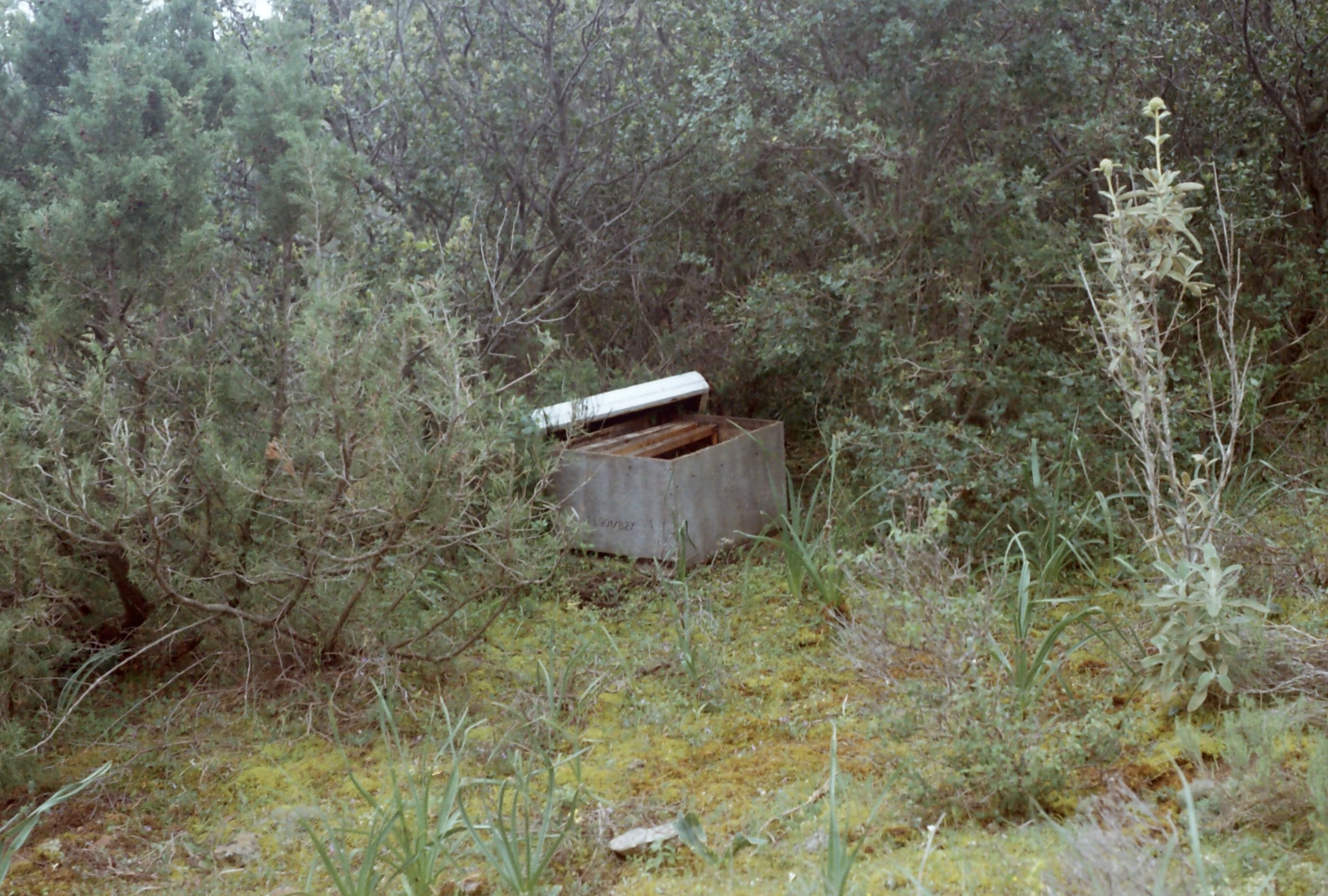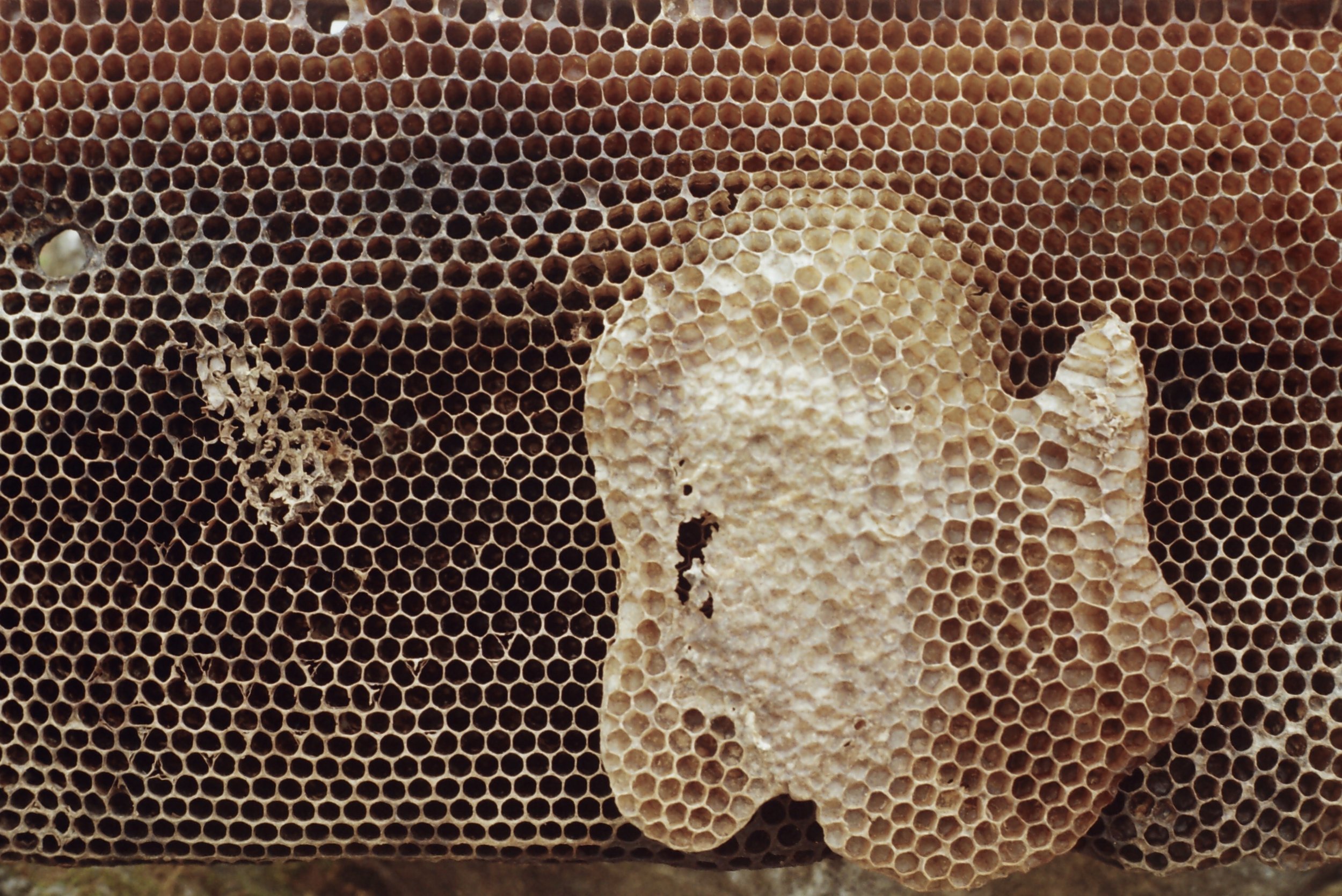During a November morning walk on the foothills of mount Hymettus, I noticed something strange: dead solitary bees laying inside opened Crocus cartwrightianus flowers, dotting the rocky ground. They seemed as if they were sleeping or maybe resting, but with a closer inspection, the reality of what was going on sunk in, leaving behind an unsettling feeling. It didn’t feel natural or normal: this feeling was even more accentuated by the beauty of that particular November faint dawn light, which made the appearance of the red stigmas of the Crocus flowers even more vibrant. The presence of death in this context of harmony and beauty seemed unfitting and absurd. Later I was told that these bees had most likely been confused by the deceptively good temperatures. They were leaving their hive in search for food on the occasion of the mellow weather; and then a sudden frost would freeze them in their position, making them unable to return in time to their home. This explains why they looked almost stunted in place, suspended in time, like a still from a film.
Excerpt from “Caring for the Collective: The Bee dance”




